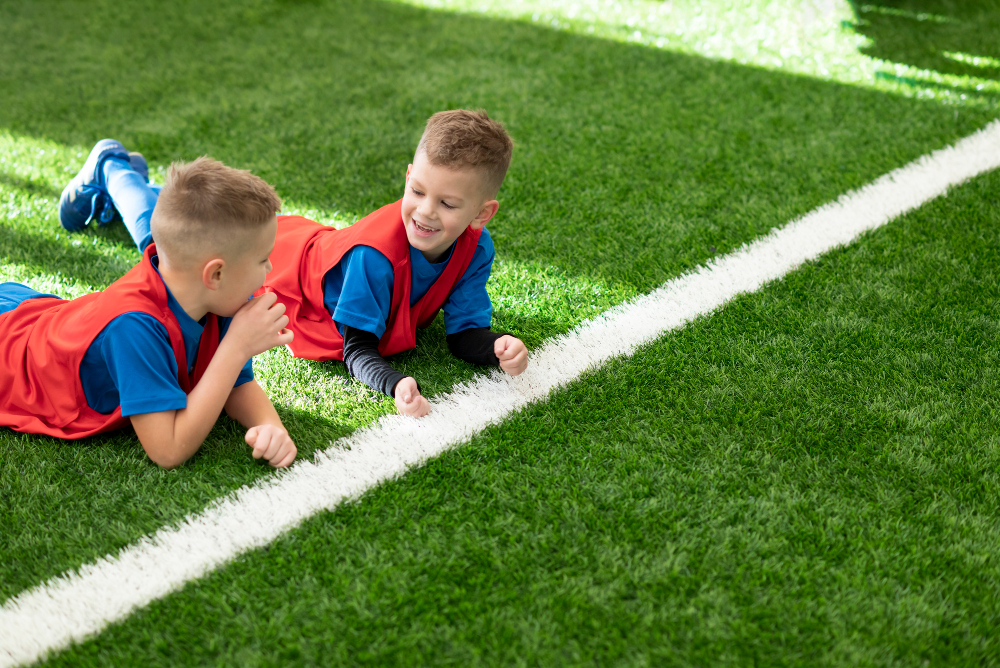Creating the Perfect Daycare or Preschool Play Space

As a daycare or preschool owner, there's nothing more important than providing a safe and stimulating environment for the children in your care. A well-designed play space can do just that, promoting physical activity, imagination, and socialization skills. The key is to strike a balance between safety, functionality, and fun. In this blog post, we'll explore some tips and ideas for creating the perfect daycare or preschool play space.
1. Safety First
When designing your play space, safety should always be the top priority. Make sure the space is free from hazards such as sharp corners or exposed electrical outlets, and that all equipment is age-appropriate and meets safety standards. Be sure to install proper playground surfacing that can cushion falls and prevent injuries. In Florida, playground turf is a popular option for its durability, safety, and low maintenance requirements.
2. Outdoor vs. Indoor Play
Be sure to incorporate both outdoor and indoor play areas in your design. Outdoor play provides benefits like fresh air, vitamin D exposure, and a connection with nature. Indoor play spaces offer opportunities for imaginative play, sensory exploration, and gross motor development. For outdoor play spaces, consider incorporating natural elements such as sand and water play areas, climbing structures, and swings. For indoor play spaces, consider adding block areas, art corners, or soft play equipment.
3. Room to Run
Children need plenty of space to run, jump, and play. When designing your play space, keep in mind that ample square footage is essential. Ideally, your play space should allow for plenty of open, unobstructed areas for running and playing games. Incorporating a variety of equipment and toys can help stimulate different types of play and ensure that everyone has something to enjoy.
4. Sensory Play
Sensory play is a critical part of early childhood development. It helps children learn about the world around them and develop important skills such as problem-solving, communication, and creativity. Be sure to incorporate sensory stations that stimulate each of the five senses in your play space. Some ideas include textural play (such as sand or rice tables), musical play (such as a musical wall or instrument corner), or scent stations (such as herbs or flowers).
5. Open-ended Play
Finally, one of the most effective ways to promote creativity and learning in your play space is to incorporate a variety of open-ended toys and equipment. These are items that offer limitless possibilities for play and help encourage children to think outside the box. Some examples of open-ended toys include blocks, art supplies, dress-up clothes, and loose parts like sticks, stones, and pine cones.
Conclusion
Creating the perfect daycare or preschool play space is all about striking a balance between safety, fun, and functionality. Incorporating a variety of indoor and outdoor play areas, sensory stations, and open-ended toys can help encourage creativity, imagination, and socialization skills. Remember to prioritize safety in your design and ensure that all equipment meets safety standards. By investing in the right design and equipment, you'll be able to create a play space that promotes learning, exploration, and fun for years to come. If you're planning to install a playground turf in Florida, contact From The Ground Up Landscaping today for turf installation estimates.